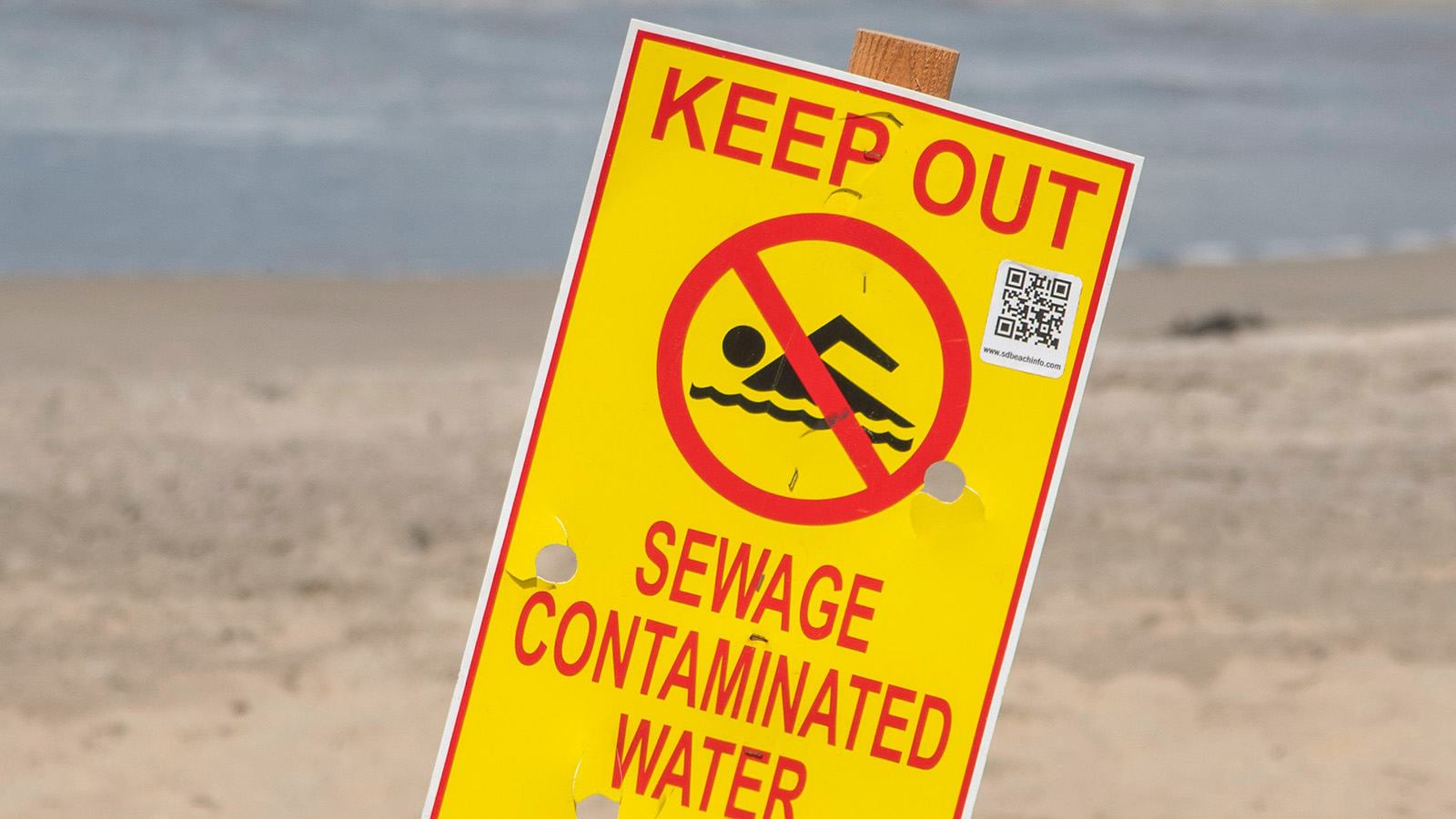
Safe for swimming? 2021
Pollution at our beaches and how to prevent it
Americans love clean water. Every year, millions of us flock to our waterways to swim, surf, or go tubing, kayaking or fishing. That’s why the federal Clean Water Act set a goal of making all our waterways safe for swimming. Yet our research finds that all too often our beaches are still plagued with pollution, and millions of swimmers get sick every year. To dramatically reduce this pollution, we must boldy invest in improving our water infrastructure.
Downloads
Environment Ohio Research & Policy Center

The Clean Water Act, adopted in 1972, set the goal of making all of our waterways safe for swimming. Nearly a half-century later, Americans visiting their favorite beach are still met all too often by advisories warning that the water is unsafe for swimming. And each year, millions of Americans are sickened by swimming in contaminated water.
An analysis of fecal indicator bacteria sampling data from beaches in 29 coastal and Great Lakes states and Puerto Rico reveals that 328 beaches – more than one of every 10 beaches surveyed – were potentially unsafe on at least 25% of the days that sampling took place in 2020. More than half of all the 3,166 beaches reviewed were potentially unsafe for swimming on at least one day. Beaches were considered potentially unsafe if fecal indicator bacteria levels exceeded the U.S. Environmental Protection Agency’s “Beach Action Value” associated with an estimated illness rate of 32 out of every 1,000 swimmers.
To protect our health at the beach, policymakers should undertake efforts to prevent fecal pollution, including deploying natural and green infrastructure to absorb stormwater.
Fecal contamination makes beaches unsafe for swimming. Human contact with contaminated water can result in gastrointestinal illness as well as respiratory disease, ear and eye infection, and skin rash. Each year in the U.S., people contract an estimated 57 million cases of recreational waterborne illness from swimming in oceans, lakes, rivers and ponds.
Our beaches are at risk. Runoff from paved surfaces, overflows from aging sewage systems, and manure from industrial livestock operations all threaten the waters where Americans swim. These pollution threats are getting worse with climate change, as more extreme precipitation events bring heavy flows of stormwater.
-
Sprawling development has created more impervious surfaces that cause runoff pollution and has destroyed natural areas like wetlands that protect beaches from contamination. From 1996 to 2016, U.S. coastal regions added 4.2 million acres of development, while losing 640,000 acres of wetland and nearly 10 million of acres of forest.
-
America’s sewage infrastructure is deteriorating and outdated. Many communities, particularly around the Great Lakes, still use combined sewers that were designed to discharge sewage directly to waterways during heavy rainfall. Sanitary sewers, which are designed to carry sewage alone, can also spill dangerous sewage if they are not properly maintained, and overflow as many as 75,000 times each year in the U.S.
-
The rise of factory farms has resulted in large concentrations of livestock manure that cannot be stored safely and is often overapplied to crops. All too often, rainfall washes excess manure from cropland into our waterways where it can put swimmers’ health at risk. Animal manure can also contain pathogens that are resistant to antibiotics, creating added risk to public health.
Of more than 3,000 beaches sampled for bacteria across the country in 2020, 328 were potentially unsafe for swimming on at least 25% of days that testing took place.
-
As of May 2021, sampling data for 2020 from 3,166 beaches in 29 coastal and Great Lakes states and Puerto Rico was available through the National Water Quality Monitoring Council’s Water Quality Portal.*
-
Of those beaches, 1,689 (53%) had bacteria levels indicating potentially unsafe levels of fecal contamination for swimming on at least one day, and 328 were potentially unsafe on at least 25% of the days that sampling took place.
-
Swimmers could also be at risk at additional beaches where no bacterial testing was conducted or available through the Water Quality Portal.
Topics
Find Out More


The Threat of “Forever Chemicals”

Who are the top toxic water polluters in your state?

